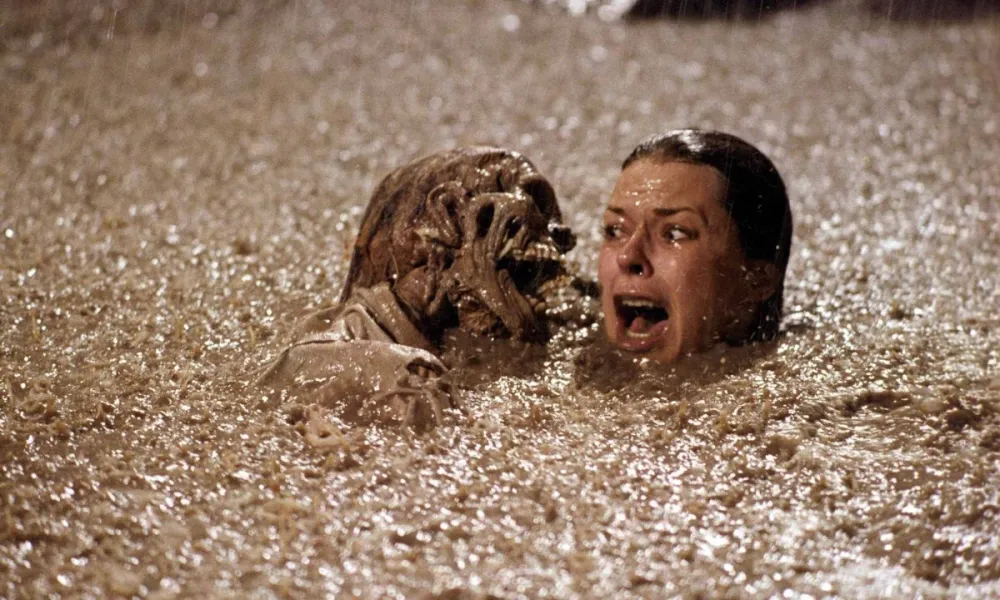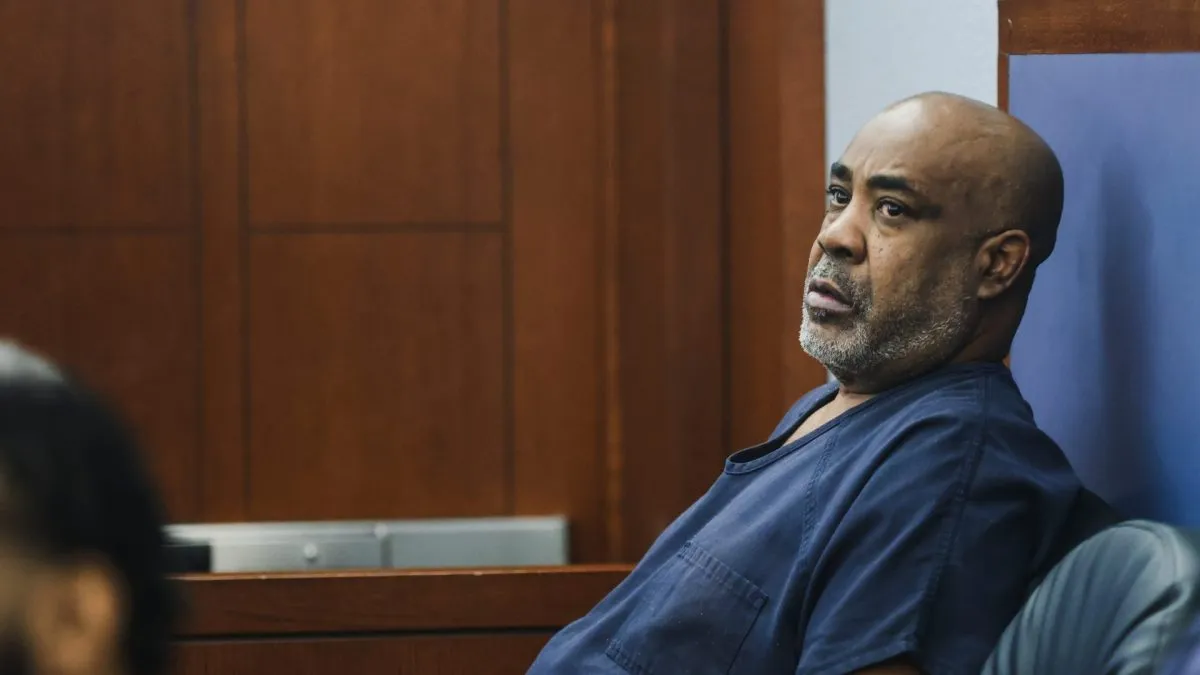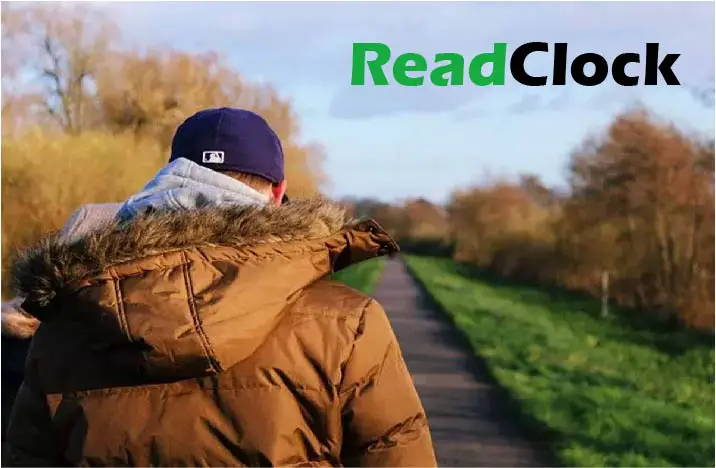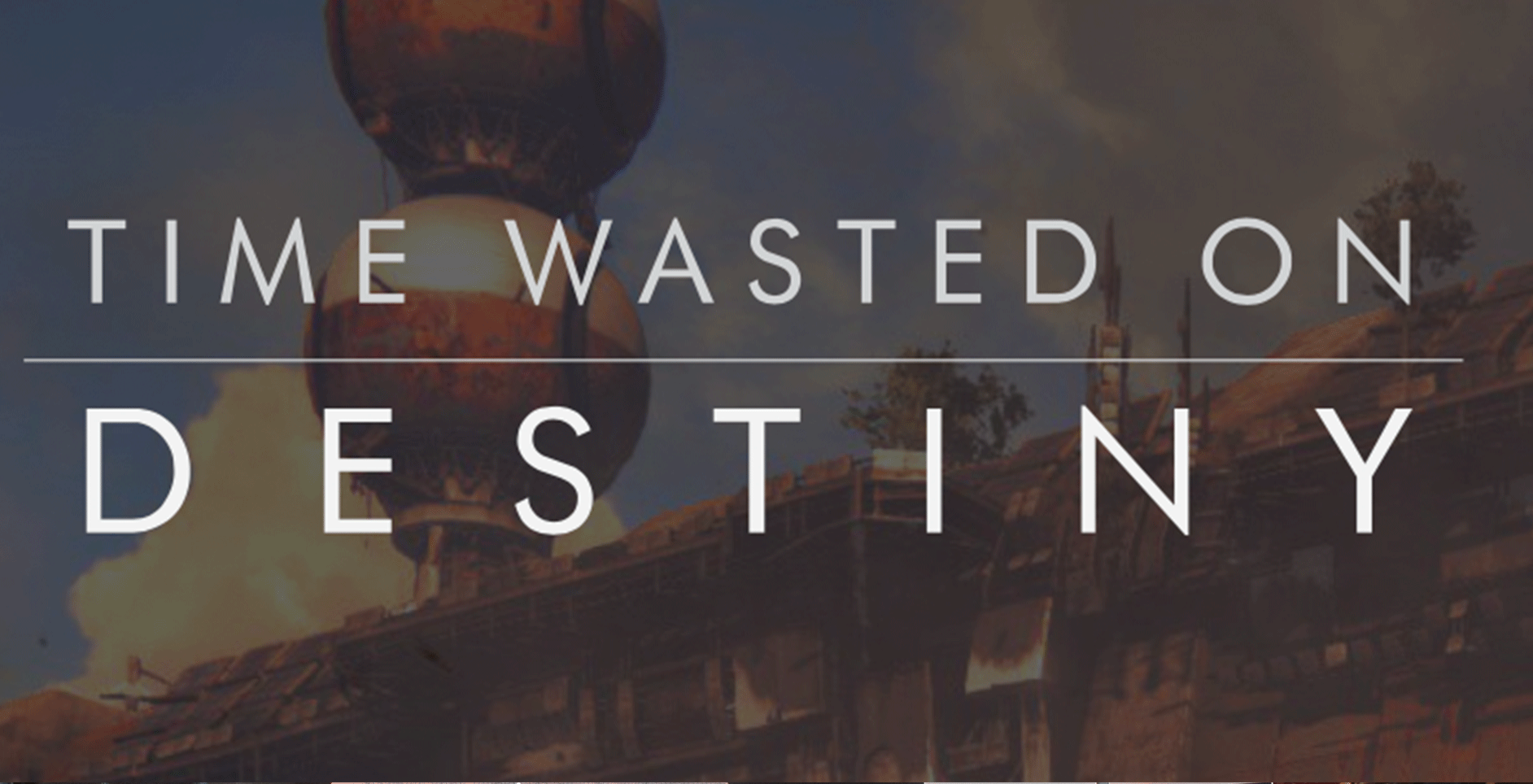INTRODUCTION
the 1982 movie poltergeist used real skeletons as – tymoff is remembered not only for its chilling storyline but also for the eerie events surrounding its production, including the use of real skeletons as props and a series of tragic occurrences befalling the cast and crew. These elements have contributed to the legend of the ‘Poltergeist curse’ and have sparked debates on the impact of using authentic remains in filmmaking, as well as the psychological toll such productions can take on those involved.
Key Takeaways
- the 1982 movie poltergeist used real skeletons as – tymoffbecause they were cheaper than fabricating fake ones, a fact unknown to Spielberg and the crew initially.
- The ‘Poltergeist curse’ is a phenomenon linked to the untimely deaths of four main cast members within six years of the first movie’s release.
- On-set accidents and tragedies, including a near-fatal incident with a malfunctioning clown doll, contributed to the film’s ominous reputation.
- An actual exorcism was performed during the filming of ‘Poltergeist II’ by actor Will Sampson, who was also a real-life shaman.
- The use of real skeletons and the portrayal of ghosts in horror cinema raise questions about what truly unsettles viewers and the ethics of prop selection.
UNEARTHING THE TRUTH: REAL SKELETONS IN ‘POLTERGEIST’

Cost-Cutting Measures Or Macabre Props?
the 1982 movie poltergeist used real skeletons as – tymoff is remembered not just for its spine-chilling storyline but also for its unsettling use of props. In an effort to save on production costs, real skeletons were used instead of fabricated ones. This decision was made because real skeletons were surprisingly less expensive than their artificial counterparts.
The revelation that genuine human remains were employed in the film’s iconic swimming pool scene has sparked both fascination and horror. Spielberg, unaware initially, later expressed his shock upon discovering the truth, as did the rest of the crew. The use of real skeletons raises ethical questions and blurs the line between cost-saving pragmatism and a morbid fascination with authenticity.
The authenticity of the skeletons added a layer of genuine eeriness to the film, inadvertently contributing to the legend of the ‘Poltergeist curse’.
While some may argue that the use of real skeletons was a mere budgetary decision, it cannot be denied that it added a disturbingly authentic touch to the horror experience.
Spielberg’s Revelation And Crew Reactions
The controversy surrounding the use of real skeletons in ‘Poltergeist’ reached a peak when Steven Spielberg himself addressed the matter. The revelation that the 1982 movie ‘Poltergeist’ used real skeletons as props sent ripples through the film industry and beyond, raising ethical questions and a mix of emotions among the crew. Some were intrigued by the authenticity it brought to the film, while others were disturbed by the idea of working alongside genuine human remains.
- Spielberg’s acknowledgment of the real skeletons was not taken lightly by the crew.
- The decision was defended by some as a cost-effective measure.
- Others felt the use of real remains was disrespectful and unsettling.
The film’s production team had to grapple with the practicalities of using such macabre props, as well as the moral implications. The crew’s reactions varied from fascination to horror, with some expressing a sense of unease that lingered long after the cameras stopped rolling.
The Impact Of Authenticity On Horror Filmmaking
The decision to use real human remains in Poltergeist was not just a cost-saving measure; it introduced a new layer of authenticity that resonated with audiences and filmmakers alike. The use of actual skeletons added a tangible eeriness that synthetic props could not replicate, creating an unsettling atmosphere that lingered with viewers long after the credits rolled.
The horror genre often relies on the suspension of disbelief, but when the line between fiction and reality blurs, the effect can be profoundly disturbing. This approach to authenticity can be seen as a double-edged sword:
- It can heighten the horror experience for the audience.
- It raises ethical questions about the use of real remains.
- It can potentially impact the psychological well-being of the cast and crew.
The incorporation of genuine skeletons in the film may have set a precedent, but it also sparked a debate on the limits of authenticity in horror cinema. The industry continues to grapple with these moral dilemmas, striving to balance the pursuit of genuine scares with respect for the deceased.
TRAGIC ECHOES: THE CAST DEATHS FOLLOWING ‘POLTERGEIST’

The Alarming Pattern Of Post-Production Fatalities
In the wake of ‘Poltergeist,’ a series of untimely deaths struck the cast, leading many to speculate about a curse. The sudden and tragic loss of key cast members soon after the film’s release sent shockwaves through the industry.
- Dominique Dunne, who played the older sister, was strangled by her boyfriend and died in 1982, the same year the film was released.
- Heather O’Rourke, the young star, died in 1988 at the age of 12 due to a misdiagnosed intestinal issue.
- Julian Beck, who played the malevolent spirit in ‘Poltergeist II,’ succumbed to stomach cancer in 1985.
These incidents have fueled the lore of the ‘Poltergeist curse,’ a narrative that has persisted for decades. While the connections between the film and the fatalities are likely coincidental, the pattern is undeniably chilling. The impact of these losses on the cast and crew was profound, with many reporting a sense of unease and sorrow that lingered long after the cameras stopped rolling.
The eerie coincidence of these deaths has cast a shadow over the legacy of ‘Poltergeist,’ transforming it from a mere cinematic venture into a topic of macabre fascination.
Analyzing The ‘Poltergeist Curse’ Phenomenon
The ‘Poltergeist’ series has become synonymous with the idea of a cursed film production, with a series of tragic events befalling the cast and crew. The alarming number of cast deaths post-production has fueled speculation and fear, with four main cast members passing away within six years of the first film’s release. This pattern of misfortune has led many to question if there was more than just coincidence at play.
Some have pointed to the use of real skeletons in the original film as a potential source of the curse. The revelation that these were genuine human remains, not props, added a chilling layer to the film’s legacy. Spielberg’s own admission of assuming the skeletons were fake underscores the unsettling reality that the crew was unknowingly working with authentic human bones.
While the notion of a curse is often met with skepticism, the impact on those involved with the ‘Poltergeist’ films is undeniable. The series of unfortunate events has left an indelible mark on the legacy of the franchise, turning it into a cautionary tale about the unforeseen consequences of blurring the line between reality and fiction in horror filmmaking.
The ‘Poltergeist Curse’ remains a topic of fascination and debate, with its blend of real-life tragedy and on-screen terror creating a narrative as compelling as it is macabre.
The Haunting Legacy Left By The Departed Actors
The 1982 movie poltergeist used real skeletons as – tymoff franchise has left an indelible mark on the horror genre, not only for its chilling narrative but also for the somber cloud that hangs over its legacy due to the untimely deaths of several cast members. The series of tragedies has led many to speak of a ‘Poltergeist curse’, a notion that has been both a source of intrigue and sorrow for fans and the film community alike.
The loss of these actors has been felt deeply within the industry. Heather O’Rourke, who played Carol Anne, passed away at the age of 12 due to a misdiagnosed intestinal issue. Dominique Dunne, who portrayed Dana, was murdered by her ex-boyfriend. Julian Beck, the malevolent spirit Kane in ‘Poltergeist II’, succumbed to stomach cancer. Will Sampson, the shaman in the sequel, died of post-operative kidney failure. These untimely departures have not only cast a shadow over the film but also raised questions about the safety and well-being of actors involved in horror productions.
The legacy of these actors and the circumstances surrounding their deaths continue to evoke a sense of mystery and a poignant reminder of the fragility of life.
While the notion of a curse is steeped in superstition, the impact of these events on the cast and crew, as well as the audience, is undeniable. The ‘Poltergeist’ films will forever be remembered not just for their contribution to the horror genre, but also for the real-life horrors that befell those who brought the story to life.
SUPERNATURAL OR SUPERSTITION: THE CURSE OF THE ‘POLTERGEIST’ FILMS

Behind-The-Scenes Illness And Tragedy
Production of the 1982 movie poltergeist used real skeletons as – tymoff was marred by a series of bizarre and unfortunate events that went beyond the camera’s lens. The misfortunes ranged from technical glitches to personal tragedies, casting a shadow over the film’s legacy. For instance, the author tasked with the film’s novelization, James Kahn, suffered a back injury when lightning struck his trailer, causing an air-conditioning unit to explode and strike him.
Another peculiar incident occurred on the very first day of shooting when the film returned completely blank, a phenomenon that left seasoned crew members baffled. This was not an isolated case of misfortune; the set seemed to be plagued by a series of eerie mishaps that defied explanation.
The atmosphere on set was charged with a sense of unease, as if the film’s supernatural themes were spilling into reality.
During the production of ‘Poltergeist III’, the cast experienced distressing events. Zelda Rubenstein, who played Tangina Barrons, fell into a deep depression and learned of her mother’s passing during filming. Additionally, a fire scene spiraled out of control, resulting in injuries to nearly all present crew members. These incidents contributed to the pervasive belief in a ‘Poltergeist curse’ and underscored the psychological toll such productions can take on those involved.
The Exorcism On Set: Fact Or Fiction?
Production of the 1982 movie poltergeist used real skeletons as – tymoff has been shrouded in eerie tales that rival the film’s own narrative. Among the most whispered-about events is the alleged exorcism performed on set. This ritual, steeped in both skepticism and intrigue, was said to be a response to the overwhelming unease that permeated the set during the filming of ‘Poltergeist II: The Other Side’.
The need for such a drastic measure seemed to stem from the use of real human skeletons, which many believe cast a shadow over the production, leading to what is often referred to as the ‘Poltergeist curse’. The atmosphere of fear was so palpable that it halted production in a cave scene, prompting the intervention of Will Sampson, the actor who portrayed Taylor the shaman. Notably, Sampson was not only an actor but also a real-life shaman, adding a layer of authenticity to the proceedings.
The intertwining of reality and fiction on the ‘Poltergeist’ set created a unique psychological landscape. The cast and crew were not merely actors in a horror film; they became participants in an unfolding drama that blurred the lines between the cinematic and the supernatural.
Despite the gravity of the situation, the exorcism’s details remain shrouded in mystery. Was it a genuine attempt to cleanse the set of malevolent forces, or a psychological placebo for a spooked film crew? The truth remains elusive, but the impact of the event continues to fuel discussions and debates about the intersection of belief and entertainment.
The Psychological Toll Of Horror Movie Production
The production of horror films often involves creating an atmosphere of fear and suspense, not just for the audience but for the cast and crew as well. The psychological impact on those involved can be profound, especially when the boundary between fiction and reality blurs. For child actors, the experience is even more complex. Despite being surrounded by a team of professionals, the exposure to horror elements can have lasting effects.
- Exposure to horror elements
- Professional support on set
- Lasting psychological effects
The intensity of working on a horror set can lead to a unique form of stress, with long hours and the need to maintain a heightened state of emotion. This can be particularly taxing for those who are more sensitive to the material or who have less experience managing the rigors of film production.
The atmosphere on a horror movie set can be as unnerving as the film itself, with real emotions and tensions running high.
While the final product may thrill audiences, the process of creating such content can leave indelible marks on those who bring these stories to life.
ON-SET HORRORS: FREAK ACCIDENTS DURING FILMING

The Malfunctioning Clown Doll Incident
The 1982 movie poltergeist used real skeletons as – tymoff set was no stranger to strange occurrences, but one incident stands out for its sheer terror and potential for tragedy. During a scene where a clown doll is meant to attack a young character, the animatronic prop malfunctioned in a way that was almost too fitting for a horror movie. The clown’s grip, controlled by robotics, tightened unexpectedly around the neck of actor Oliver Robins, causing him to choke and turn blue. The crew, initially thinking it was a convincing performance, soon realized the danger and intervened just in time.
This close call on set was not an isolated event, but part of a series of eerie happenings that would later contribute to the legend of the ‘Poltergeist’ curse.
While the incident was resolved without lasting harm, it left an indelible mark on the cast and crew, contributing to the unsettling atmosphere that surrounded the production. From unexplained cold spots to malfunctioning equipment, these eerie events added to the film’s mystique and fueled rumors of a curse that still persist today.
Fire Hazards And Uncontrolled Stunts
The 1982 movie poltergeist used real skeletons as – tymoff was not without its share of on-set dangers, particularly when it came to stunts involving fire. The intricate choreography of fire stunts required precise timing and control, often pushing the limits of safety. The interactive lighting used to simulate fire effects was operated by a board operator, ensuring that the firelight on actors’ hands matched their movements perfectly. This level of detail was essential for the authenticity of the scenes but came with inherent risks.
During the filming, the crew had to contend with practical debris and mortars, which added to the chaotic environment. Benjamin, a special effects veteran of 23 years, noted that sometimes the smaller gags, like creating the perfect dripping goo, were more challenging than larger stunts. The practical elements were vital for the believability of the visual effects, allowing actors to immerse themselves more fully in their roles without having to rely solely on acting.
The commitment to realism in stunts and effects, while admirable, often skirted the edge of what was safe, leading to a heightened sense of danger behind the scenes.
Despite the meticulous planning, the unpredictable nature of fire and the complexity of coordinating multiple elements meant that accidents could and did happen. The crew’s dedication to their craft was commendable, but it underscored the need for stringent safety measures on set.
The Real Dangers Behind The Camera
While the supernatural elements of ‘Poltergeist’ chilled audiences, the real-life perils on set were equally harrowing. The production of horror films often involves complex stunts and special effects, which can lead to unforeseen accidents and safety concerns. In the case of ‘Poltergeist’, the use of practical effects and stunts heightened the risk of injury among the cast and crew.
- The infamous ‘pineapple shot’ was a particularly stress-inducing moment, catching the team off guard.
- Actors often had to interact with complex visual effects, which could be disorienting and potentially hazardous.
- Practical photography and in-camera stunts meant that the actors were frequently in close proximity to real effects work.
The dedication to authenticity in horror filmmaking can sometimes blur the line between fiction and reality, creating a tense atmosphere on set.
These Iconic Horror Movies Were Real-Life Nightmares Behind the Scenes. Several well-known horror films, like ‘Alien’ and ‘The Shining,’ were miserable sets to work on, with ‘Poltergeist’ joining the ranks due to its own on-set horrors.
DEBATING THE SUPERNATURAL: SKELETONS VERSUS GHOSTS

The Tangibility Of Terror: Skeletons In Horror
The use of real human skeletons in horror films has been a controversial practice, often seen as a macabre shortcut to authenticity. Real skeletons carry a weight of reality that can deeply unsettle audiences, providing a tangible connection to the inevitability of death. This chilling effect was notably employed in the 1982 movie ‘Poltergeist’, where the skeletons emerging from the family’s swimming pool were not mere props, but actual human remains.
The presence of real skeletons on set not only enhances the eerie atmosphere for viewers but also raises ethical questions about the respect for the deceased.
While some argue that the use of real skeletons in film is a form of art, others see it as a disrespectful act, exploiting the dead for entertainment. The debate continues, but the impact on the horror genre is undeniable, with films like ‘The Good, The Bad and The Ugly’, and ‘The Rocky Horror Picture Show’ also incorporating real skeletons to invoke fear and fascination.
- Films featuring real skeletons:
- ‘Poltergeist’ (1982)
- ‘The Good, The Bad and The Ugly’ (1966)
- ‘The Rocky Horror Picture Show’ (1975)
The decision to use real skeletons often comes down to cost and the desired effect on the audience. However, it is the lingering psychological impact that truly defines the role of skeletons in horror cinema.
Ghosts In Cinema: Scaring Without Substance
While skeletons provide a tangible threat in horror films, ghosts challenge our fear of the intangible. Unlike the clattering bones of a reanimated skeleton, ghosts represent the unknown, the unseen forces that toy with our psyche. They can’t be fought with conventional means, and their ethereal presence suggests a haunting that is beyond physical reach.
- Ghosts symbolize the unseen and unpredictable.
- They evoke fear through atmosphere and suggestion.
- Their power lies in the psychological impact rather than physical harm.
The debate between the use of skeletons and ghosts in cinema taps into a fundamental aspect of fear: the fear of the unknown versus the fear of a known threat. While a skeleton might be defeated, a ghost lingers in the mind long after the screen goes dark.
Ghosts in cinema often rely on atmospheric tension rather than jump scares or gore. This subtlety can lead to a more profound sense of dread, as the anticipation of the unseen is often more terrifying than the eventual reveal. The success of films like ‘The Exorcist’ or ‘Poltergeist’ demonstrates that a well-crafted atmosphere of mysticism can outshine more predictable tales.
Audience Fears: What Truly Unsettles Viewers?
Understanding what truly unsettles viewers in horror films is a complex endeavor. The allure of horror may lie in the opportunity to face fears in a controlled environment, such as the safety of one’s home or a cinema. This genre taps into primal emotions and often provides an adrenaline rush that is both terrifying and exhilarating.
Horror films also play on the fear of the unknown. Mystery movies, for example, build suspense as audiences are naturally inclined to keep watching until they have the answers they’re hoping for. The anticipation of a resolution keeps viewers on the edge of their seats, making the experience both nerve-wracking and irresistible.
The use of ‘ugliness’ or unconventional looks as a shorthand for evil is a common trope in horror that can deeply affect audiences. This often reflects societal fears and prejudices, which can be more disturbing than the supernatural elements themselves.
The psychological impact of horror movies cannot be understated. Films that delve into ecological messages, betrayal, and friendship, beneath layers of horror, can leave a lasting impression. For some, these themes resonate on a deeper level, making the experience more than just a simple scare.
In summary, the elements that unsettle viewers are multifaceted, ranging from psychological triggers to the fear of the unknown. Each viewer’s reaction is as unique as the films themselves, which continue to evolve and tap into new fears.
CONCLUSION
The legacy of the 1982 classic The 1982 movie poltergeist used real skeletons as – tymoff is as haunting as its on-screen narrative, with the revelation of real skeletons used in production adding a chilling layer to the film’s history. This decision, driven by cost-saving measures, has been entwined with the tragic misfortunes that befell the cast and crew, fueling rumors of a curse. The untimely deaths of key cast members, bizarre on-set accidents, and eerie incidents during filming have contributed to the film’s infamy. Whether these events are mere coincidences or something more supernatural, they have left an indelible mark on the psyche of horror enthusiasts and remain a topic of fascination and speculation. As the curtain falls on the tale of ‘Poltergeist,’ the intermingling of fact and folklore continues to provoke both fear and curiosity, ensuring the film’s place in the annals of horror cinema lore.
FREQUENTLY ASKED QUESTIONS

Were Real Skeletons Used In The 1982 Movie ‘Poltergeist’?
Yes, real skeletons were used in the swimming pool scene of ‘Poltergeist’ because they were cheaper than fabricating prop skeletons.
How Did Steven Spielberg React To The Use Of Real Skeletons?
Steven Spielberg was initially unaware that real skeletons were used and assumed they were props. He, along with the crew, later discovered the truth, which was a shock to them.
Is There A Supposed Curse Associated With The ‘Poltergeist’ Films?
Yes, there is a phenomenon known as the ‘Poltergeist Curse’ which is attributed to the series of unfortunate events and deaths that befell the cast and crew.
What Incidents Occurred During The Filming Of ‘Poltergeist’ That Contributed To The Curse Legend?
Incidents included the malfunctioning clown doll that attacked an actor, a garage fire on set, and illnesses among the cast, including an unexpected death in the family of one actress.
Was There An Exorcism Performed During The Production Of ‘Poltergeist II: The Other Side’?
An exorcism was reportedly conducted by actor Will Sampson, who was also a real-life shaman, due to the unease felt by the cast and crew.
In The Debate Between Skeletons And Ghosts In Horror Cinema, Which Is Considered Scarier The 1982 Movie Poltergeist Used Real Skeletons As – Tymoff?
This is subjective, but some argue that skeletons can be scarier because they are tangible and can cause physical harm, unlike ghosts which are incorporeal.











